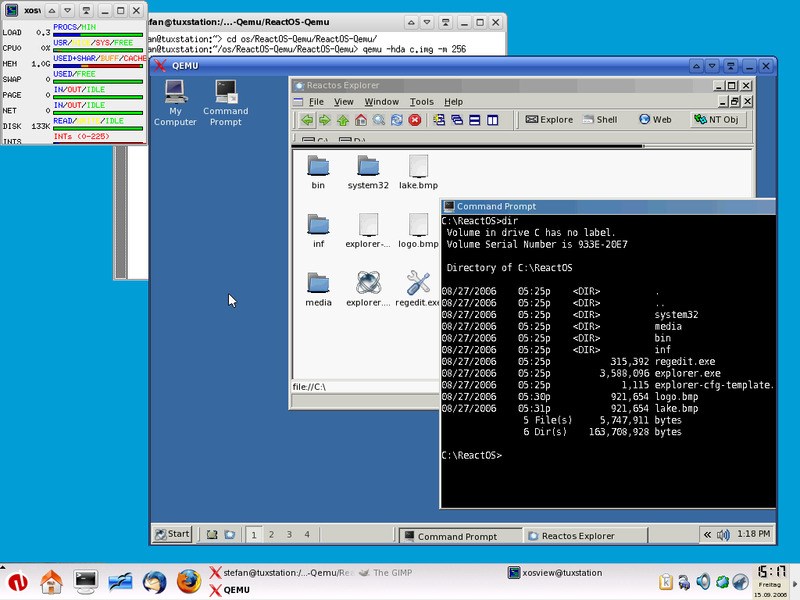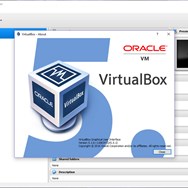
These are important features, because the ancient compilers are wrapped in layers that hide their MS-DOS internals, so from the Linux user's point of view they act like normal command-line tools.

On the other hand, dosemu also has advantages, because it can run "headless", can easily access native files, and starts up quickly.

One would think (and I did think) this is an I/O-bound operation, but it turned out the speed difference between dosemu with VM86 and dosemu on x86_86 with emulation is very noticeable (order of magnitude for large inputs). Probably true for old games, but the situation I am thinking of involves using ancient cross-compilers to compiler large masses of legacy code for a weird environment that still has to be maintained. On one hand you don't need near bare-metal performance that KVM provides, because dosemu/dosbox only need to emulate a 100 MHz machine or so, and a simple interpreter or a JIT compiler like QEMU's can handle it In reply to: Using the KVM API by pbonzini Posted 6:17 UTC (Wed) by eru (subscriber, #2753)


 0 kommentar(er)
0 kommentar(er)
